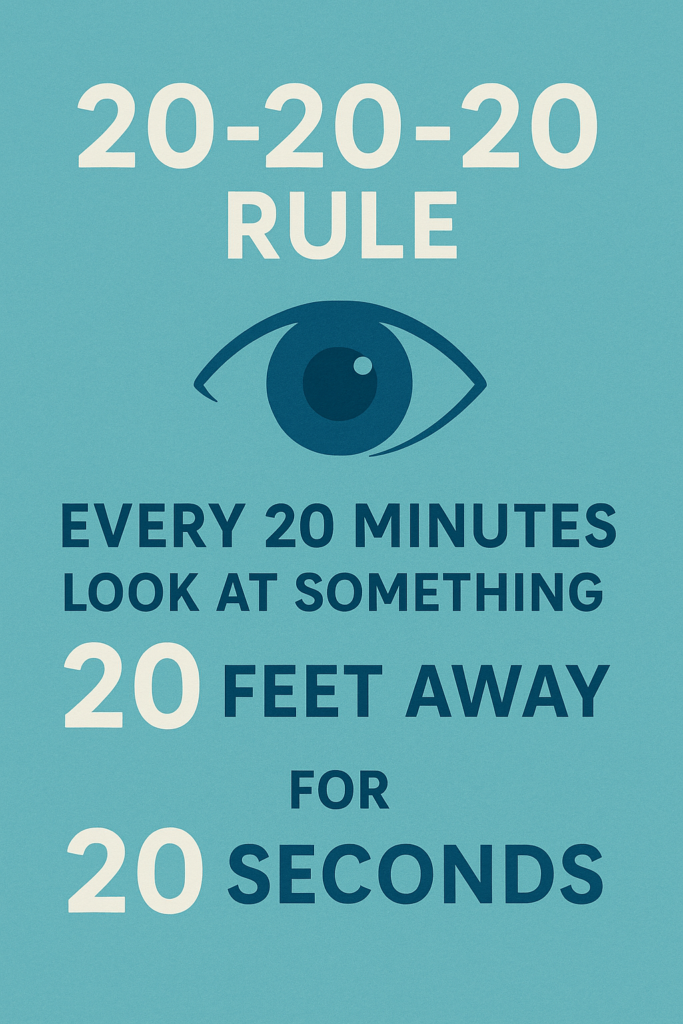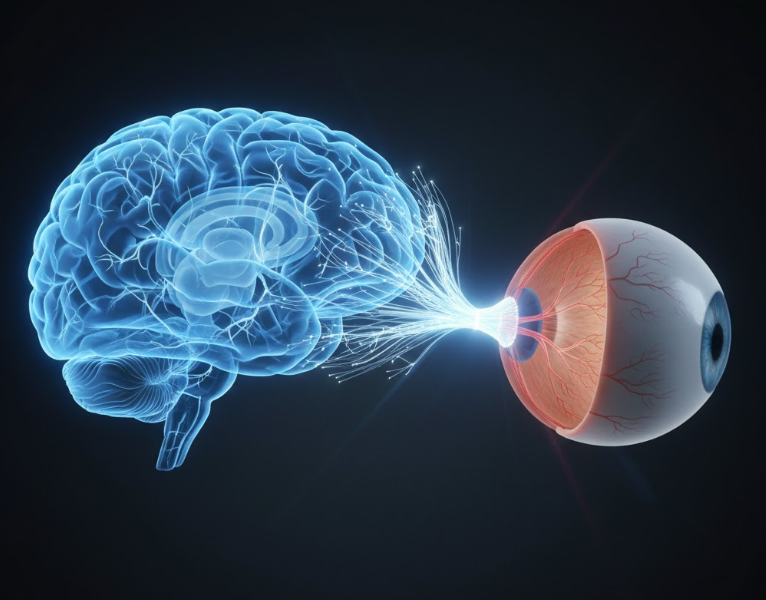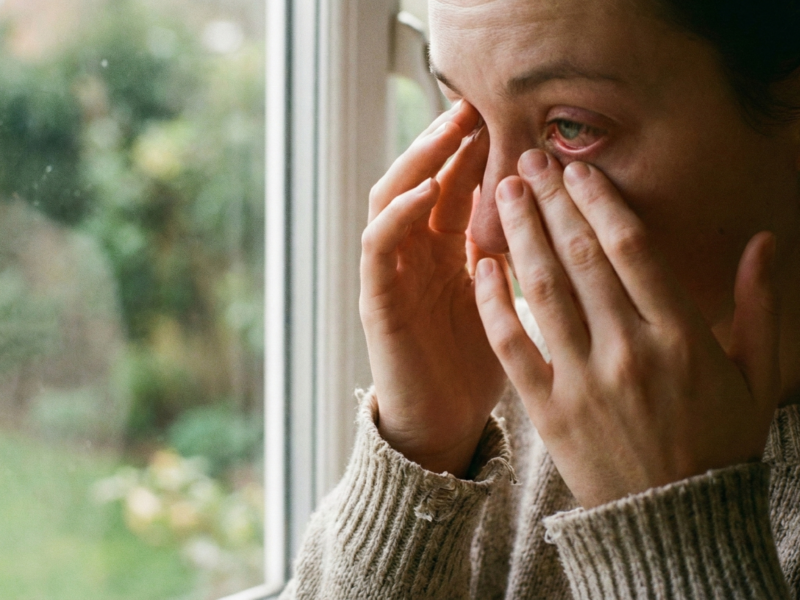As we age, our eyes naturally go through changes that can affect how clearly we see. One of the most common conditions associated with aging is presbyopia, which usually begins to appear in people after the age of 40. This condition is not a disease but a natural part of the eye’s aging process.
What is Presbyopia?
Presbyopia occurs when the lens inside the eye loses flexibility, making it difficult to focus on objects that are close. Over time, the lens hardens, and the ciliary muscles in the eye become less efficient, leading to blurred near vision.
Common Symptoms of Presbyopia
- Difficulty reading small print without holding it at arm’s length
- Eyestrain or headaches after close-up tasks (like reading or using a phone)
- The need for brighter light when reading
- Blurred vision when switching focus from near to far objects
Risk Factors
While presbyopia is a natural part of aging, some factors may worsen its effects:
- Family history of early presbyopia
- Chronic health conditions (e.g., diabetes, cardiovascular disease)
- Excessive screen time and eye strain

Prevention and Lifestyle Tips
Although presbyopia cannot be prevented entirely, you can take steps to protect your eyes and slow down discomfort:
- Maintain a healthy diet rich in omega-3 fatty acids, vitamin A, C, and zinc
- Practice the 20-20-20 rule (every 20 minutes, look at something 20 feet away for 20 seconds)
- Wear proper lighting when reading or working on close tasks
- Limit prolonged screen use and ensure you blink often
Treatment Options
- Reading Glasses – The simplest and most affordable solution.
- Bifocal or Progressive Lenses – Glasses that provide both near and distance vision correction.
- Contact Lenses – Multifocal or monovision contacts can help restore near vision.
- Surgical Options – Procedures like LASIK, corneal inlays, or lens replacement surgery are available for those seeking permanent correction.
When to See an Eye Doctor
If you notice difficulty in focusing on nearby objects, frequent headaches, or worsening vision, it’s important to schedule a comprehensive eye exam. Early detection ensures the best treatment plan and helps rule out other eye conditions.
❓ Frequently Asked Questions about Presbyopia
Q1: At what age does presbyopia usually start?
Most people begin to notice symptoms of presbyopia around age 40–45, though it can vary depending on genetics and lifestyle.
Q2: Can presbyopia be reversed naturally?
No, presbyopia cannot be reversed naturally. It’s a normal aging process, but symptoms can be managed with glasses, contacts, or surgery.
Q3: Is surgery for presbyopia safe?
Yes, surgical options like LASIK, lens replacement, or corneal inlays are generally safe, but not everyone is a candidate. Consultation with an eye doctor is essential.
Q4: Do blue light glasses help with presbyopia?
They don’t treat presbyopia directly, but they can reduce digital eye strain, which often makes presbyopia symptoms feel worse.
Conclusion
Presbyopia is a natural part of aging, but it doesn’t have to limit your quality of life. With modern solutions ranging from glasses to advanced surgery, you can continue to enjoy clear, comfortable vision well into your later years.
Taking proactive care of your eyes today ensures healthier vision for tomorrow.



